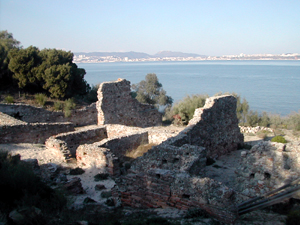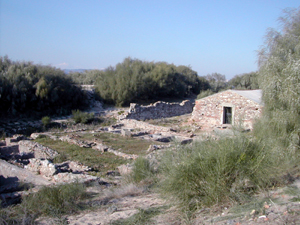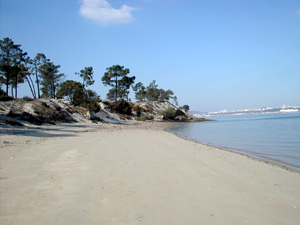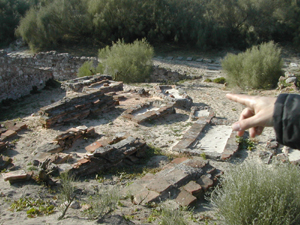|
|||||||||||||||||||
 |
|
|
|
|
||||||||||||||||||||
|
The archaeological site of Tróia (Troy)is situated on the south margin of the Sado river estuary, facing the modern city of Setúbal (Portugal), on a peninsula formed by a long stretch of sand separating the estuary of the Sado from the Atlantic Ocean. Setúbal, Portugal’s third largest city, is reached by ferry across the river, while Lisbon, the country’s capital, is located only 30 km to the north, and is accessible through a range of public transportation. |
 |
||||||
|
The Roman settlement of Tróia was a vast industrial site specialising in the exploitation of marine resources and its associated industries, including the drying and salting of fish (piscis salsus) and the production of a variety of fish sauces (salsamenta), such as garum. Tróia was one of the largest of such industrial centres in the Roman Empire, active from the late first century B.C. to the end of the fifth century A.D. |
||||||
 |
||||||
|
Ongoing excavations in the Late Roman necropolis (c. A.D. 400-600) uncovered a group of inhumation burials organised around an earlier mausoleum that had functioned as the columbarium of a family or trading association. Most of the graves consist of box-like structures built of backed bricks (sometimes still preserving the foot or hand print of the manufacturer), containing a single burial. An earlier necropolis, located to the west of the settlement and |
||||||
|
overlooking a shallow lagoon formed by the waters of the Sado estuary, will also be investigated. It consists of cremation and inhumation burials from the first century B.C. - fourth century A.D. |
|
|
|
[Portanta] [Dental Anthropology] [Herdade da Sapatoa] [Roman Ceramics] [Dolmen of Carcavelos] [Roman Ceramics] [Troía] [application] [costs] [syllabus] [crew forms] [more picts] [Osteology Workshop] [What is Portanta?] [Biographies] [What to Bring] |













